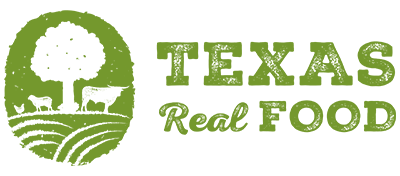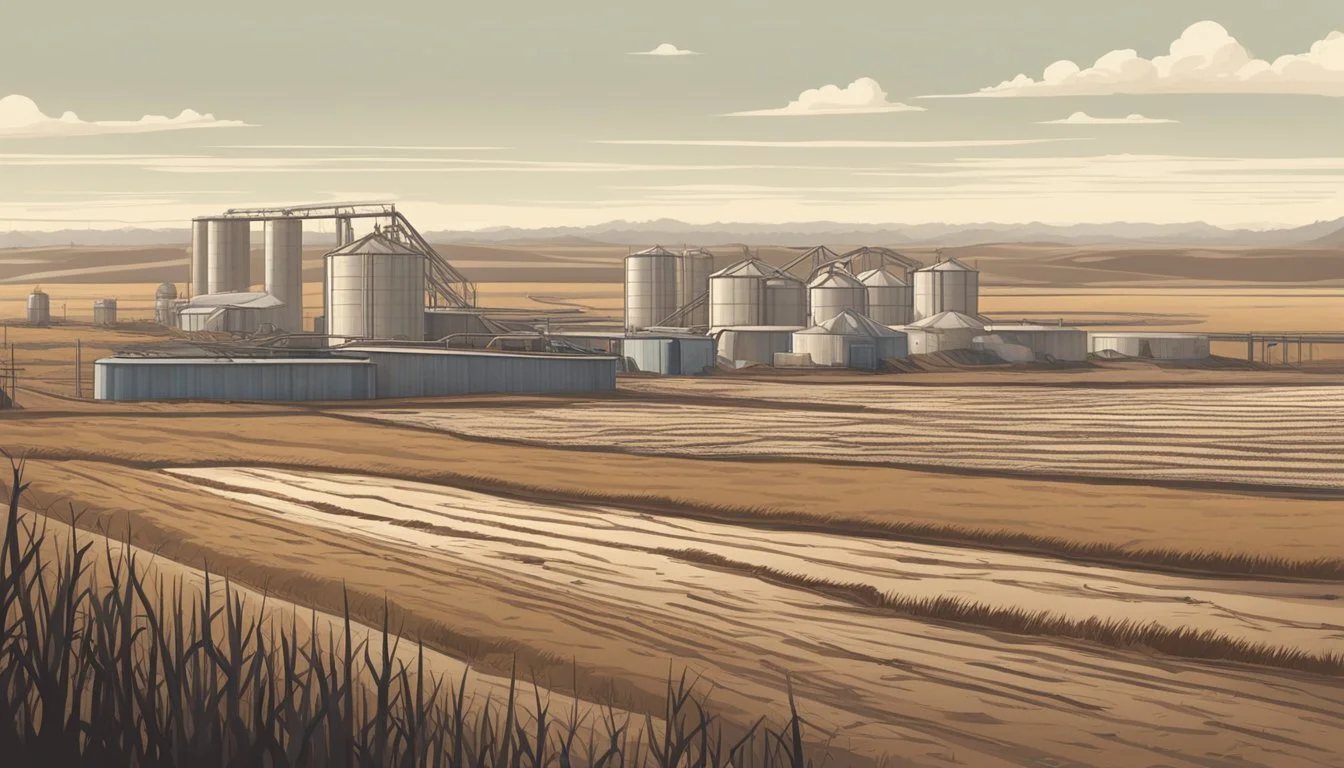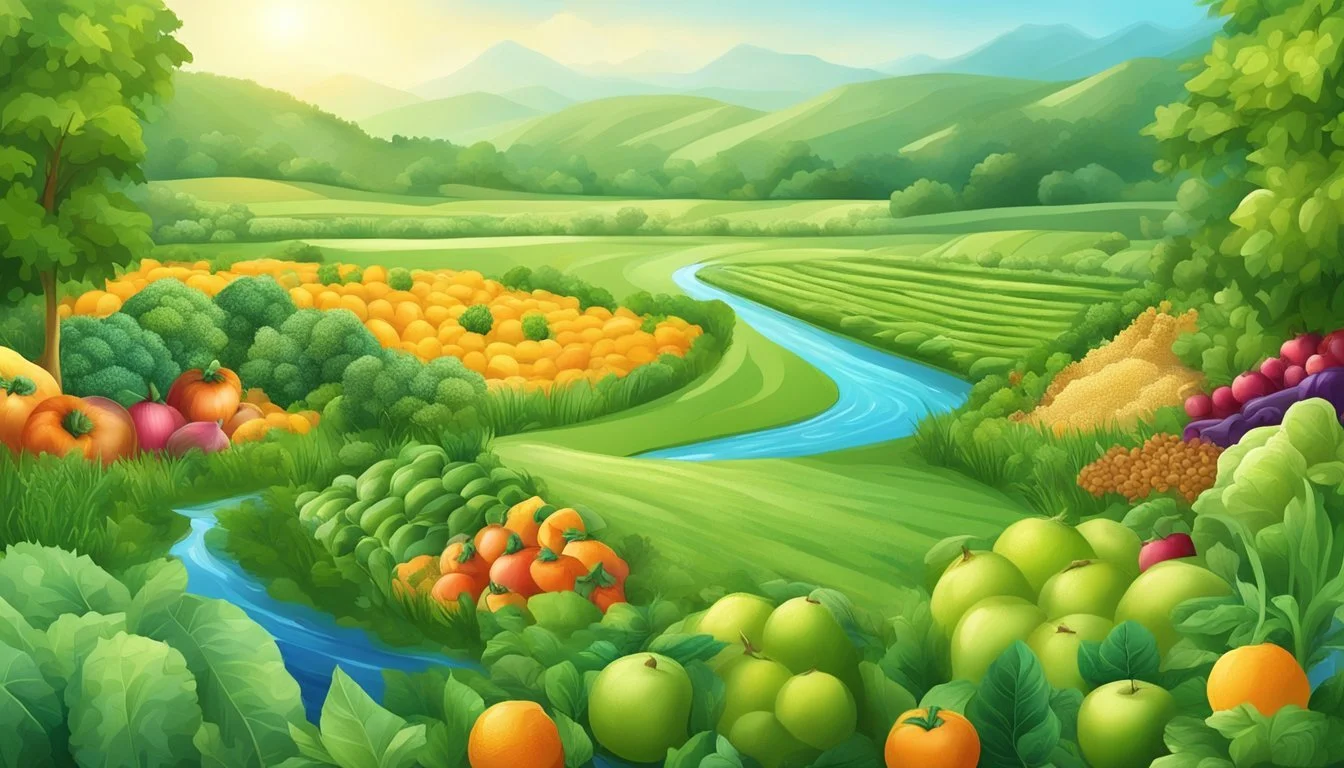The Environmental Impact of a Grain-Free Diet
Analyzing Ecological Footprints
A grain-free diet excludes commonly grown cereals such as wheat, rice, and corn, and is often adopted by individuals seeking alternative health benefits or by pet owners aiming for specific pet nutrition outcomes. The implications of such a diet are multifaceted, particularly when considering environmental sustainability. A food system that eschews grains could potentially reduce the pressure on water resources since traditional grain cultivation is water-intensive. However, it may also lead to increased reliance on other water-consuming foods or change land use dynamics, with complex consequences for environmental health.
As consumers become more conscious of their dietary choices' environmental footprints, the grain-free movement garners attention. In human nutrition, the omission of grains must be balanced with the intake of other nutrient-rich foods to maintain a healthy and balanced diet. In pet nutrition, where grain-free diets are often adopted, careful consideration is necessary to ensure pets receive all the necessary nutrients for optimal health while acknowledging the sustaining capacity of the Earth's ecosystems.
Environmental sustainability in the context of a grain-free diet involves a nuanced understanding of agricultural practices, resource allocation, and the cascading effects on ecosystems. While there is a clear desire to mitigate the environmental impacts associated with grain production, the alternatives must also be examined for their ecological appropriateness. Consideration of land use, water consumption, and the carbon footprint of replacing grains with other food sources is essential for a holistic evaluation of a grain-free diet's environmental impact.
The environmental impact of a grain-free diet is a compelling aspect to consider, as individuals seek to understand the broader implications of their dietary choices. While grains have been a staple in traditional and modern diets, exploring a grain-free diet offers a range of potential environmental benefits. By shifting towards grain-free baking, incorporating comforting grain-free soups, and embracing grain-free dairy substitutes, individuals can reduce their reliance on resource-intensive grain production.
Although adopting a grain-free diet may present grain-free psychological challenges for some, many individuals have shared inspiring grain-free success stories and highlighted the grain-free health benefits they have experienced. From a sustainability perspective, the reduced demand for grain production may contribute to a positive environmental impact, including potential reductions in water usage and land resources.
Understanding the environmental impact of a grain-free diet allows individuals to make informed choices that align with their dietary preferences while considering the broader implications for the planet. As with any dietary change, it's essential to consider the environmental implications and strive to make choices that support personal well-being and sustainability.
The Rise of Grain-Free Diets
Grain-free diets have gained popularity among health-conscious consumers and in the pet food industry, influenced by trends and marketing strategies that highlight potential health benefits.
Market Trends and Consumer Perception
The market for grain-free products has seen a significant rise, particularly within the realm of pet nutrition. Consumer demand for grain-free pet food has surged, propelled by the belief that these diets are closer to the natural eating habits of pets and may alleviate allergies or digestive issues. In the human food sector, grain-free diets are often associated with low-carbohydrate eating patterns and are thought to offer benefits like improved weight management and reduced inflammation.
Annual Growth: The grain-free market has been growing annually, with pet food brands expanding their offerings.
Consumer Drivers: Motivators for choosing grain-free options include health concerns, dietary preferences, and the perception that grain-free equates to a higher quality of food.
Labeling and Definitions
In the context of grain-free diets, labeling plays a crucial role in informing consumers. However, the definitions can vary, leading to confusion. For pet foods, grain-free typically means the absence of traditional cereals such as wheat, corn, and rice. In human foods, grain-free products may exclude all grains, including pseudo-cereals like quinoa and amaranth, and rely instead on ingredients such as almond flour or coconut flour.
Regulations: There is a lack of consistent regulation around grain-free labeling, which leads to a broad interpretation by manufacturers.
Label Checking: Consumers are encouraged to scrutinize product labels to understand the full ingredient list and the potential inclusion of alternative starches or fillers.
Grain-Free Diet Composition
A grain-free diet excludes all types of grains and grain-derived products while focusing on other food groups for nutritional balance.
Common Ingredients in Grain-Free Diets
In a grain-free diet, individuals obtain essential nutrients from a variety of non-grain sources. The staple ingredients typically include:
Animal protein sources: These are often the cornerstone of grain-free diets, featuring meat, poultry, fish, and seafood.
Dairy products: Items like milk, cheese, and yogurt provide protein and calcium.
Legumes: Foods such as beans, lentils, and chickpeas offer plant-based protein and fiber.
Vegetables and fruits: A wide array of vegetables and fruits compensates for the micronutrients and fiber typically found in grains.
Nuts and seeds: Rich in healthy fats, nuts and seeds also contribute protein and fiber to the diet.
Tubers: Potatoes and sweet potatoes serve as a primary carbohydrate source.
Alternative flours: Coconut, almond, and other nut flours replace grain-based flours in cooking and baking.
Nutritional Profiles and Alternatives
The absence of grains in the diet calls for careful consideration of macronutrient and micronutrient intake:
Protein: Ample through consumption of animal protein and legumes.
Carbohydrates: Sourced from fruits, tubers, and legumes to provide the necessary energy.
Fiber: Typically lower in grain-free diets; thus, intake of vegetables, fruits, nuts, and seeds is critical.
Micronutrients: Diverse vegetables, fruits, nuts, and animal products address the potential gaps left by grains absence.
When grains are excluded, individuals must strategically plan their diets to maintain nutritional adequacy, particularly in terms of fiber and certain B vitamins that are abundant in whole grains. Nutrient-dense alternatives like legumes and tubers can play a significant role in achieving a balanced diet.
Nutritional Impact on Pets
When considering grain-free diets for pets, it is imperative to understand their specific nutritional requirements and how such diets can influence their health.
Canine and Feline Nutritional Requirements
Dogs and cats have distinct nutritional needs essential for maintaining optimal health. Dogs, classified as omnivores, require a balanced diet that includes proteins, carbohydrates, fats, vitamins, and minerals. The primary source of their protein is animal-based, providing essential amino acids vital for various bodily functions.
Cats, on the other hand, are obligate carnivores and thus have a higher requirement for specific amino acids like taurine, which is found in animal tissue. They rely more heavily on protein in their diet for energy and less on carbohydrates.
Dog Nutritional Needs:
Protein: 20-40%
Carbohydrates: Varies
Fats, Vitamins, Minerals: Adequate amounts for health
Cat Nutritional Needs:
Protein: 30-60%
Carbohydrates: Less significant
Fats, Vitamins, Minerals: Essential for well-being with a high necessity for taurine
Benefits and Concerns of Grain-Free Diets for Pets
Grain-Free Diets have gained popularity among pet owners due to the belief that they more closely mimic ancestral diets and may be more digestible for pets. Grain-free pet foods often substitute grains with other carbohydrate sources like potatoes or legumes, which can still meet the energy needs of pets if properly formulated.
However, the replacement of grains can lead to nutritional imbalances if not carefully monitored, as grains are a source of important nutrients and serve as a source of energy that is readily available.
Potential Benefits:
May increase digestibility for certain pets with grain sensitivities.
Higher meat content in some grain-free foods could result in higher energy levels and a leaner body mass.
Concerns:
Pets fed on an improperly balanced grain-free diet may end up with nutritional deficiencies.
Some grain-free diets have been associated with dilated cardiomyopathy (DCM) in dogs, potentially due to a lack of certain amino acids like taurine involved in heart health.
It is crucial for pet food, whether grain-free or not, to be formulated to meet the specific nutritional profiles for cats and dogs to support their overall health and wellbeing.
Environmental Consequences
Adopting a grain-free diet can have various environmental implications, particularly in the context of agriculture and livestock farming, and the carbon footprint associated with pet food production.
Agriculture and Livestock Farming Impact
Grain-free diets often lead to increased reliance on alternative sources such as legumes, which can impose a different set of environmental costs. Even though they require fewer resources than livestock, the production of these sustainable ingredients still demands considerable amounts of water and land. Livestock farming, on the other hand, carries a sizable ecological footprint. It accounts for a significant usage of terrestrial and water resources. Animal welfare concerns also factor in, as sustainable diets aim to balance nutritional needs with the ethical treatment of animals.
Carbon Footprint of Pet Food Production
The production of pet food, particularly those that are grain-free, can contribute to a high carbon footprint. Traditional pet foods that include grains are often produced using byproducts of human agriculture, therefore maintaining a certain level of efficiency. Grain-free alternatives may rely on meats and legumes that demand more intensive farming practices, escalating the environmental cost. In manufacturing pet food, the carbon footprint encompasses the total greenhouse gas emissions from farm to retail, including production, transportation, and packaging processes.
Sustainable diets for pets are those that not only meet the nutritional requirements but also minimize the ecological footprint of the production processes. They involve the use of sustainable ingredients that are produced with a lower environmental impact, aligning with both ecological and animal welfare standards.
Health Implications for Pets
When considering a grain-free diet, pet owners should be aware of its potential effects on chronic diseases and allergies, as well as its impact on physical activity and body weight management.
Chronic Diseases and Allergies
Allergies: Some pet owners opt for grain-free diets due to a belief that grains cause allergies in pets. However, allergies are typically triggered by protein sources rather than grains. A switch to grain-free food without a veterinarian's recommendation may not address the underlying allergy issues.
Dilated Cardiomyopathy (DCM): The FDA has reported cases of DCM, a type of heart disease, in dogs consuming grain-free diets. Investigations suggest a link between grain-free diets that include legumes like peas or lentils and the development of DCM, but the relationship is not fully understood. It is crucial to consult a veterinarian before introducing a grain-free diet, as it may not provide all the necessary nutrients for heart health.
Physical Activity and Healthy Weight
Obesity: Pets require a balanced diet for optimal health. Grain-free diets often have higher calorie density with increased fat and protein content. This can lead to unintended weight gain, particularly in pets that are less active.
Carbohydrates and Metabolism: A misconception exists that grain-free diets aid in weight loss; however, pets need carbohydrates for energy. Carbohydrates are an important part of a pet's diet and contribute to glucose levels, fueling everyday activities and supporting metabolism. Pets on a grain-free diet may experience changes in glucose regulation, affecting their energy and activity levels. It's important to tailor a pet's diet to their specific needs, considering age, breed, and activity level.
Owner Considerations and Choices
When selecting a grain-free diet for their pets, owners must evaluate a complex interplay of their personal beliefs and the specific needs of their pet. This consideration can include aspects of sustainable living and the desire to provide human-grade or specific animal product diets.
Anthropomorphism and Pet Diets
Owners often project human characteristics onto their pets, which can influence their decision-making regarding pet diets. The inclination to anthropomorphize pets can lead to the assumption that what’s healthy for humans—such as grain-free diets—is also healthy for pets. However, this may not align with the nutritional needs of the animal. It’s crucial for pet owners to understand the unique dietary requirements of their pets, which can vary significantly from human dietary needs.
For instance, while some owners may prefer a grain-free diet due to their own gluten intolerance or personal preference for a low-carbohydrate lifestyle, this choice should be carefully considered in the context of the pet's health. Canines and felines have distinct physiological differences from humans, and their diet should be formulated accordingly.
Ethical and Lifestyle Choices
Owner's ethical stances and lifestyle choices play a significant role in their approach to their pet's diet. Those who prioritize sustainable living might seek pet foods that are in line with their values, such as those made from responsibly sourced ingredients or those that minimize environmental impact.
Sustainability: Some owners may opt for diets that are less resource-intensive, such as those favoring plant-based ingredients over animal products to diminish their ecological footprint.
Animal Welfare: Others may choose diets that ensure animal welfare, looking for labels like "cage-free" or "free-range."
Personal Health Beliefs: The belief in the nutritional benefits of consuming human-grade ingredients or specific animal products could also steer an owner's choice, seeing these options as a means to ensure their pet’s health and well-being.
In each case, the pet’s preference and health should be considered alongside these owner considerations. It is essential for the owner to consult with a veterinarian to ensure that their pet's dietary needs are met while also aligning with their personal beliefs and lifestyle choices.
Economic Aspects
The economic implications of a grain-free diet touch on both the consumer cost perspective and market trends, notably within the pet product industry and premium pet food marketplace.
Cost of Grain-Free vs. Traditional Diets
Switching to a grain-free diet can influence one's food budget. Grain-free diets often rely on alternative flour sources and protein-rich foods, which can be more expensive than traditional grain-based products. The human food system experiences this through the increasing demand for non-grain flours like almond or coconut, driving up the price. The pet product industry also sees a similar effect in the premium pet food marketplace, where grain-free options typically carry a higher price tag due to the inclusion of high-quality proteins and alternative ingredients.
Diet Type Average Cost Ingredients Used Traditional $ Lower Wheat, rice, corn-based products Grain-Free $$ Higher Almond, coconut, proteins like chicken
Consumer Spending Trends on Pet Food
Consumer spending on pet food reflects a strong interest in the health and well-being of pets, which translates into economic support for the premium pet food marketplace. The trend is towards more specialized diets that cater to pet health concerns, with a notable rise in grain-free options. Owners are willing to spend more, seeing it as an investment in their pets' health. This shift has significant economic consequences, as it contributes to the growth and diversification of products within the pet product industry.
2018: Growth in demand for grain-free pet food
2020: Continued upward trend in premium pet food sales
2024: Expansion of grain-free and health-focused offerings
Future of Pet Nutrition
With sustainability becoming a pivotal consideration, the future of pet nutrition is poised to prioritize eco-friendly diets that maintain the health of pets while reducing environmental impact. Innovations will reflect a blend of responsible sourcing, advanced nutritional biochemistry, and alternative protein use.
Innovations in Animal Diet Formulation
Developments in nutritional biochemistry are enabling the creation of advanced pet foods that deliver long-term nutrient products tailored to the specific needs of animals. These innovations include plant-based protein sources, which are gaining traction as they are less taxing on the environment compared to traditional meat-based proteins. Ingredients such as pea protein and insect-based proteins are notable examples.
Researchers are considering how to include optimized amounts of these novel proteins to meet a pet's nutritional requirements without causing deficiencies. This must be done carefully because an abrupt shift away from traditional diets could lead to unforeseen health issues in pets.
Impact on Global Food Supply and Security
The adaptation of new formulations in pet foods also affects the global food supply and security. As pet diets shift toward the inclusion of plant-based or alternative proteins, the pressure on meat production – a significant factor in the environmental equation – could potentially decrease.
Impact on Human Populations: The availability of more plant-based options within pet food could, indirectly, promote a similar dietary shift amongst human populations, influencing a global movement towards sustainable consumption patterns.
Pressure on Crop Resources: Conversely, a rise in demand for certain crops to produce pet food can add pressure to those resources, necessitating careful management to avoid compromising the nutritional needs of human populations.
Maintaining a balance that supports both the nutrition of pets and the well-being of our planet will require a thoughtful approach to innovation and a deep understanding of the interconnectedness of our food systems.
Conclusion
A grain-free diet, often selected for pets based on the belief that it aligns more closely with their ancestral eating habits, has gained popularity. While the focus typically lies on the supposed benefits for canine health, particularly regarding gastrointestinal physiology, the environmental repercussions warrant examination.
Reduced Grain Cultivation: Transitioning away from grain-intensive pet diets could decrease demand for grain production, which is associated with environmental costs such as land use changes, water consumption, and greenhouse gas emissions. The positive aspect of this reduction may be mitigated by the increased need for alternative ingredients that may offer their own environmental challenges.
Alternative Ingredients Footprint: The cultivation of crops like potatoes and legumes, common in grain-free pet foods, still requires significant agricultural resources. Moreover, these products can have varying environmental impacts depending on the methods of production and origin.
Educational Importance: Animal owners benefit from educational brochures that explain the environmental consequences of their pets' diets. Providing this information encourages informed choices that consider both the health of their pets and the environment.
In summary, while a grain-free diet might be preferred for certain dogs based on their individual health needs, it is crucial to weigh these benefits against the environmental effects of the diet's components. Pet owners should aim for balance, prioritizing not only the welfare of their pets but also the sustainability of their dietary choices.










